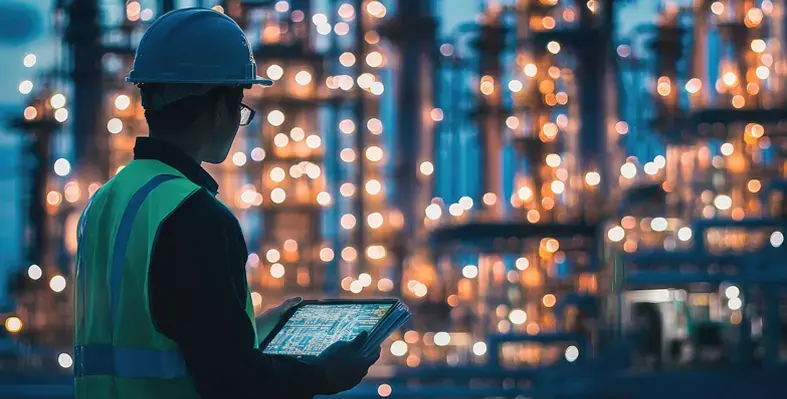Industry leaders such as Shell, and ExxonMobil are using VR simulations to train their employees in critical operations. This provides a highly safe and cost-efficient approach to introduce personnel to a new facility in both offshore and onshore terrains, says GlobalData, a leading data and analytics company.
GlobalData has released its strategic intelligence report, titled, 'Virtual Reality in Oil and Gas' that looks into areas of application of virtual reality in the industry, from rigs and pipelines to refineries. Oil and companies are now investing on training modules for the workforce and visualising the asset under consideration for planning and decision making.
Ravindra Puranik, Oil and Gas Analyst at GlobalData, said, "VR enhances the operational safety through immersive training programmes. It can help develop safety procedures at production facilities to address smaller accidents as well as for emergency response."
Leading oil and gas companies such as Shell, bp, Chevron, and ExxonMobil, have adopted VR to train as well as aid regular workflows in operations. It offers a cost-effective means to acclimatise the workforce to various environments through immersive training programmes. It also offers safe environment for the workforce to understand the workflows by participating in virtual walk-throughs, without being in proximity of heavy industrial equipment.
Puranik continues, “Industry technicians work in hazardous environments, such as offshore rigs or at a densely packed equipment maze in a refinery. VR can be used to relay important information and instructions to the technician onsite, without the need to fly out experts to that location or carrying detailed instruction manuals for referencing.”
VR plays a key role in the digital twin set up, helping companies recreate scenarios through detailed simulations. During planning and development, the collaborating teams can share information using VR to simulate various scenarios. It is useful in optimizing equipment performance and maximizing the asset life. Digital twins help to design workflows and identify bottlenecks to optimize a plant’s performance. Twins also help to create a 3D visualization of the seismic data using VR simulations.
Puranik concludes: “Various aspects of a production platform can be modeled through VR simulations to enhance the understanding of personnel for on-field tasks. They can simulate the processes using VR before implementing on the operational floor. It thus reduces the scope for human errors during critical operations. Besides, designers and engineers can better visualize the layout under development using VR technology. This can potentially help to improve designs, and carefully plan its execution to optimize the project costs.”









